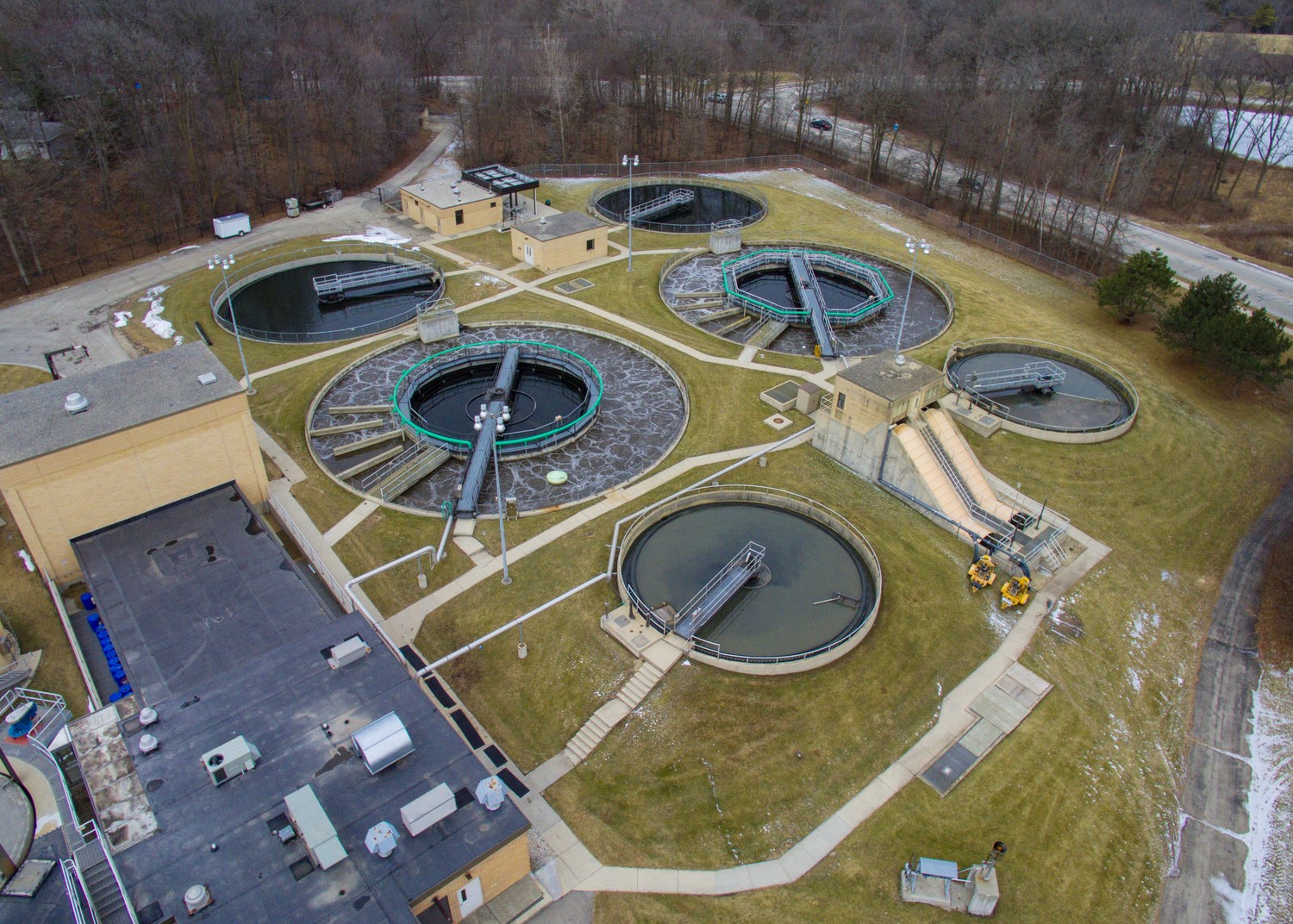We are at a point in time where technology is becoming more integrated in our lives than ever before — from smart phones that have 100,000 times the computing power of the Apollo 11 computer in our pocket, to using technology to help manage complex systems and make informed decisions through asset management software.
The architecture, engineering and construction (AEC) industry has seen a leap in technology as well, with tools that make gathering site data accurate and more efficient. As active planners, designers and engineers in the AEC industry, we have seen this with the advent of GPS and 3D scanning, to name a couple. It is hard to find a project in the AEC industry that doesn’t use one or more of these kinds of tools.
There is a technology race in the drone market that we can all benefit from. This technology and the rules are evolving quickly. This market growth has accelerated since the FAA introduced Part 107, making the entry point for commercial drone use in engineering and other industries much more palatable. Prior to Part 107, the FAA required a 333 exemption. The 333 exemption required an FAA-issued pilot certificate along with a slew of paperwork and legal work to be able to operate drones legally in national airspace for commercial purposes. Today, the process is much more attainable, in the form of registering your drone with the FAA, an FAA sUAS (small unmanned aircraft systems) exam and TSA background check. A recurrency test is required every 24 months, but this is moving to a free online test once the initial FAA exam is passed and a sUAS airmen certificate is in hand.
Along with the evolving FAA rules, the technology itself is evolving at a blazing pace. Like the smart phone and Apollo 11 example, drone companies such as DJI and software companies such as Pix4D are pushing software and hardware technology quickly. Demand in the drone market has spiked in recent years, yet this market demand is also driving costs down, allowing AEC firms to affordably use this technology on a regular basis.
 On site
On site
There are many ways to collect site data to establish a base for design work. Traditionally, we would see a designer communicate with a surveyor the points of importance that need to be recorded at a site to make critical decisions about the design. Now, point clouds are generated through 3D scanners, LiDAR and photogrammetry. In a point cloud, each point represents a single scan measurement, and when stitched together, creates a complete digital fabric of the site. Drones can collect data over a fairly large area that is interpreted into a point cloud through software that processes points or images. This method collects not just the critical points on a site but all of the site to be used as needed for a given project. This allows designers to have more data with the same accuracy as traditional methods.
The difference lies in the amount and type of terrain that can now be covered. A drone-assisted survey can cover more remote and rugged terrain, or locations difficult to reach by foot. It can fly over steep landscapes, through river valleys, or around structures such as trestle bridges and water towers. It can also cover distance, helpful in surveying things like trails or waterways. There are limitations to all of the aforementioned methods. Working a site with a hybrid method of traditional and point cloud methods is game-changing. As technology continues to evolve, there will be improvements in the data collection and post-processing methods, which will further improve efficiencies and safety.
The use of this aerial platform can also provide new and beneficial vantage points critical to the inspection or design of a project. It can save on labor hours or repeat field visits to a site to collect data inadvertently missed or later deemed necessary. These efficiencies translate into the smooth, start-to-finish development of things like topographic maps, terrain models and 3D renderings to use in project design and public engagement.
(In the video above, MSA surveyors pair a drone flight with topographic survey to gather flood damage data along a river corridor. Over 1,000 aerial photos were fed into Pix4D photogrammetry software and stitched together to create a 3D point cloud. The result helped map erosion, gauge water flow and design a solution to stabilize the river banks and support the bridge crossing over.)
Documented
The use of drones for aerial photography of sweeping panoramic views, towering vantages, and bold angles of drone imagery dominating today’s marketing and real estate campaigns have been well established as a benefit this platform provides. However, this aerial platform can also be used in the same way to document infrastructure and site conditions either before, during or after an improvement project. When inspecting key public infrastructure such as bridges and water towers, drones can be pivotal in helping to identify potential hazards and documenting maintenance. All of this done remotely, without the need for equipment like booms or putting inspection crew members at risk.
Drones are also the new go-to resource for construction management and performance monitoring. Here, they can perform regular flights to inspect construction site process and progress, helping to keep contractors on schedule and in conformance with quality, safety and regulatory standards. The progress flights also keep a running record of real-time conditions and can serve as proof of accountability if ever needed. For instance, say a drone flies a project site prior to breaking ground to document existing conditions, then continues with weekly or monthly flights throughout the duration of construction. Mid-way through, an adjacent land owner claims damage done to their property as a result of construction behavior. The contractor and project team now have the means to verify prior site conditions, changes in condition, or whether any harm was done.
Regularly flying a project site via drone can also be a fun and engaging way to interact with the community at hand. Videos or reports can be created to share with the public via a website or the community’s social media channels. This helps boost excitement and buy-in for the project and can be very useful in public engagement campaigns or when presenting information to the city council or project stakeholders. It can also be instrumental in helping the public understand project intricacies and function. Demonstrating through animation how a planned new intersection might function, for example, this approach can show how the design will solve safety, traffic flow or congestion concerns. And, how the improvement is worth the investment.
On point
Drones are also advancing site and building 3D rendering capabilities. They do this through point cloud data collection. These point clouds are then imported into rendering software programs such as Lumion. The program connects those dots and fills in the data between the points to make a 3D model. From the resulting 3D model, surveyors can extract measurements and designers can create renderings and manipulate the model to fit their design ideas.
Designers in the engineering space are finding exciting opportunities for this drone-acquired data and using the technology to create sophisticated 2D and 3D renderings, models, and videos. These yield high-impact visuals to illustrate a variety of concepts for proposed building, park, agricultural or public works projects. Because of the pairing of drones with professional surveying capabilities, designers are given data within 1 or 2 centimeters of accuracy and are able to design for the specific footprint of a project, within actual dimensions of the space.
Boon or bust
What does all of this mean for the AEC industry? It means we have the ability to take advantage of this industry boon. Understanding the federal rules as they evolve and tracking the technology as it continues to be enhanced is how we will build new processes and techniques for the benefit of our clients and society as a whole. New applications are discovered, tested and created every day. In the AEC industry, we have seen this platform used for surveying, infrastructure inspection, construction management, project updates, data collection, 3D modeling and design. This provides more data to make better decisions and allows us to deliver better results to our clients than ever before. If we work to continue to push this tool forward in our industry, the drone may become just as essential to our work as our smartphone.
Learn more about MSA’s Aerial Solutions services experience and how their work can complement a variety of project types and sizes.

